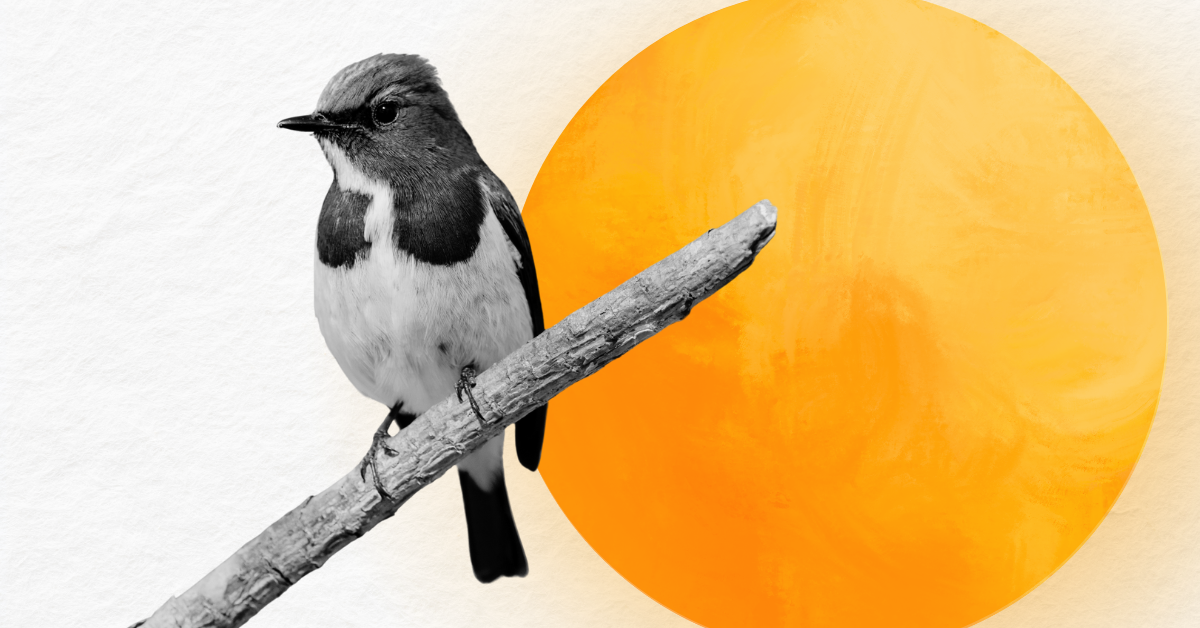This spring, billions of birds are taking flight. They’re following the same routes and patterns they have for generations, marvelously. What a week for the 2025 State of the Birds Report to come out.
A lot hangs in the balance when birds take the sky—migration is a critical component of our ecosystems. Migrating birds play an integral role in maintaining biodiversity, aiding in seed dispersion, pollination and pest control. They also connect habitats and serve as indicator species, meaning that their presence, absence or abundance reflects the health of the overall ecosystem.
As climate change accelerates, though, these long-established migratory patterns are rapidly unraveling, and entire ecosystems are being thrown off-balance because of it.
One of the most palpable threats is habitat loss. In migration, coastal and wetland species are losing critical stopover points due to rising sea levels and disappearing wetlands. Stopover points are havens of rest and food and are essential for birds to complete their journeys; without them, survival rates plummet.
Even for the birds who complete their journeys, climate change has complicated things. Birds accustomed to arriving at breeding grounds when insects are abundant are recognizing this imbalance—they’re now arriving to find their food sources have either already peaked or disappeared entirely. Species are specialized to specific habitats and migration patterns, meaning that slight disruptions in terms of timing can have devastating consequences.
Some of climate change’s other, more noticeable consequences, such as rising sea levels and sea temperatures, are both flooding seabird colonies and disturbing their food sources. A heatwave in Alaskan waters from 2014-16 left 4 million Common Murres dead in what is thought to be the largest wildlife mortality event in the modern era.
Being billed as a positive, the report highlights some cases of conservation action safeguarding bird populations. Translocation, for example, is the practice of moving an animal to support their recovery in the wild, and the report discusses the successes that have come from translocating seabird colonies in Hawaii, from low-lying colonies to higher elevations.
While this may provide a temporary fix for some species, it’s a sign that the root causes of their decline—habitat destruction and climate change—are still left unaddressed.
Despite the overwhelming evidence that climate change is driving bird populations to collapse, the report takes an odd detour. Peculiarly, the report highlights National Audubon’s Conservation Ranching program, a greenwashing practice that encourages ranchers to participate in “conservation”, and was recently exposed by FoA. It’s almost impressive that Audubon managed to stick this in there. In the face of the report’s overwhelming findings that climate change is wiping out our bird populations, Audubon thinks (part of) the solution is turning to ranchers—animal agriculture is responsible for 14.5% of the world’s greenhouse gas emissions, and it’s the single-largest driver of habitat loss in general.
Climate change is mettling with migration. The question now, and as more reports like this come out, is whether we’ll act, or continue to ignore the warning signs.

